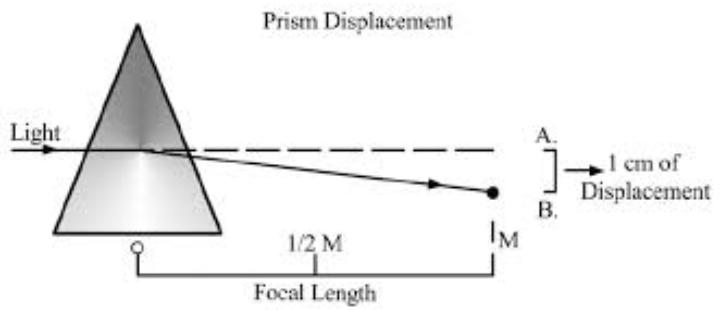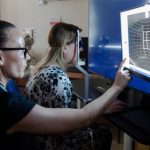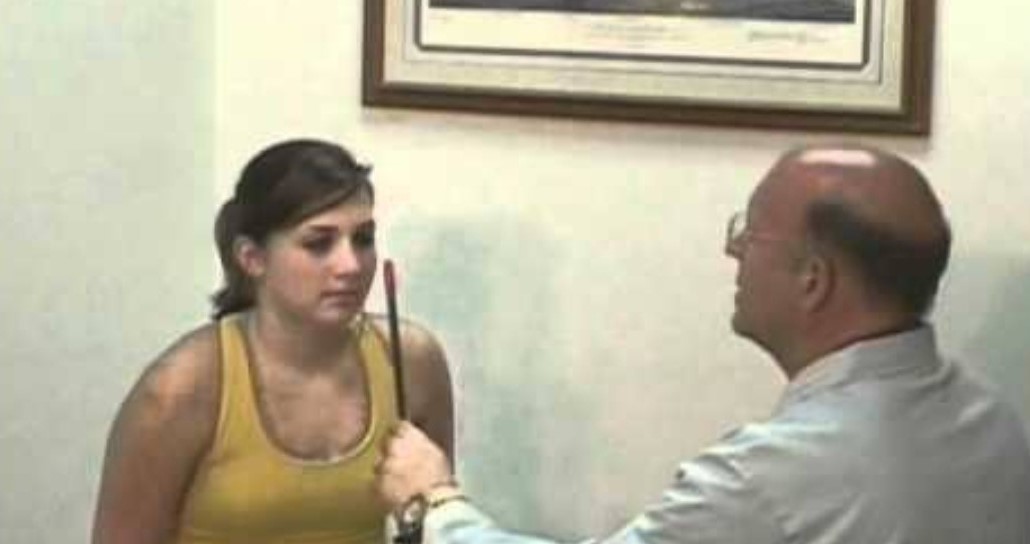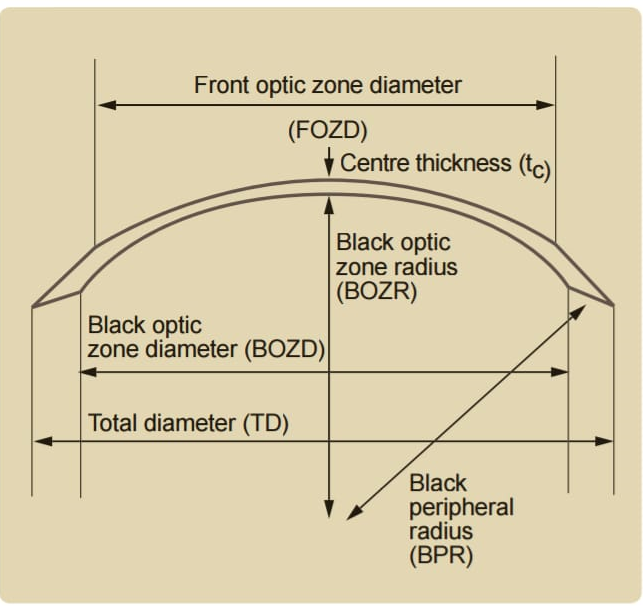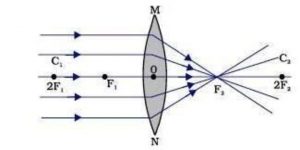Ophthalmology study is completely based on optical devices. Prism is also an optical device and it is wisely used in Ophthalmology and Optometry fraternity. Prism plays a major role in diagnosis of various ocular abnormalities.
Prism can also be used for therapeutic purposes.
Prism is a transparent, triangular, refracting medium which contains base and apex. The apical angle angle of Prism determines the power of that Prism.
REFRACTION THROUGH A PRISM:
The light rays entering the prism will deviate towards its base,and image appeared shifted to the apex and the eye which is examined or treated tends to deviate towards the apex of the prism. That is how a prism work.
Through the light rays deviate towards the base of Prism and the examining eye deviates to the apex of the prism, use denote the prisms in terms of the direction of their base, which is Base-out, Base-in, Base-up and Base-down.
With the help of this nature of prism , if we want to bring an eye
– inward, we have to keep the base of the prism directed outwardly.
– outward, we should place the prism in base in direction.
– downward, base-up prism is needed for that.
– upward, Base-down prism is needed for that.
We can say a Base-out prism is an addicting prism because the eye deviate towards the nasal side and a Base-in prism and abducting prism. Because the eye deviates towards the temporal side.
The availability of prism is , as loose prism in trial lens set and prism set, prism bars and Fresnel prism.
(I) Loose prisms are found in the glass trial set from 1/2∆D to 12∆D. And in prism set from 5∆D to 60∆D.
(II) Prism bars contain from 1∆D to 40∆D power and it has two varieties which are Horizontal prism bar Nd Vertical Prism bar.
(III) Fresnel prism are thin prisms arranged in a plastic sheet in the power from 1∆D to 40∆D.
Diagnostic uses of Prism:
1. There are many ophthalmic equipments in which prism is used. Which are Gonioscope, Applanation tonometer, Keratometer and Ophthalmoscope.
2. For the assessment of squint. The Horizontal and Vertical prism bars are used to diagnose the amount of squint.
Therapeutic uses of Prism:
* Treatment of phorias.
* Treatment of tropias.
* Convergence insufficiency.
* Divergence insufficiency.
* Nystagmus.
* Visual field defects such as hemianopia.
* Prisms in paralytic squint.
* Prisms in contact lens correction.
Prisms are considered for the treatment of phorias after correcting refractive errors, convergence insufficiency and general weakness.
Orthoptic exercise:
Prisms are also prescribed for orthoptic exercises such as weak muscles. For that the base of the prism should be at the direction of the deviation.
Prism treatment:
In prism treatment prisms with their base against the direction of the deviation (relieve the symptom) are given by experts.
Guidelines for proper prism prescription:
# While prescribing prism we have to keep in mind that prisms with their base opposite to deviation should be given. Base-in prisms are prescribed to correct exodeviation, Base-out prisms are prescribed to correct esodeviation, Base-up prisms are given for hypodeviation, Base-down prisms are for hyperdeviation.
# The range of the power of Prism for the treatment of phoria is usually from 0.5∆D to 10∆D.
# Both Horizontal and Vertical prism can be prescribed.
# Vertical prismatic correction can be tolerated upto 10∆D.
# For one eye upto 6∆D can be given. The rest should be given in other eye
# If the prism power requirement is high it can be divided between two eyes.
# Fresnel prism can be given in spectacles.
